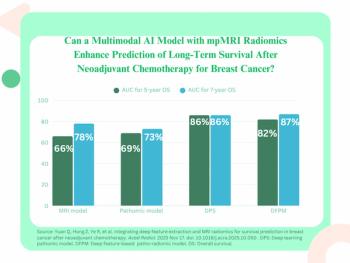
fMRI hints at the source of bipolar disorder
Functional MRI data suggest that improper development of specific brain circuitries could beget bipolar disorder, according to National Institute of Mental Health researchers. Their findings underscore shifting beliefs regarding the origins of chronic psychiatric diseases.
Functional MRI data suggest that improper development of specific brain circuitries could beget bipolar disorder, according to National Institute of Mental Health researchers. Their findings underscore shifting beliefs regarding the origins of chronic psychiatric diseases.
Previous studies have shown that the amygdala - a brain's fear hub - is smaller in bipolar children than in healthy children of the same age. Data have shown also that bipolar children have trouble identifying facial emotion and staying focused when frustrated.
Children seem to have a more severe form of bipolar disorder than adults. They may thus provide a clearer window into the underlying illness process than do adult-onset cases, said coauthor Dr. Ellen Leibenluft, an NIMH Mood and Anxiety Disorders Program researcher.
"Our results suggest that children with bipolar disorder see emotion where other people don't. They also suggest that bipolar disorder likely stems from impaired development of specific brain circuits, as is thought to occur in schizophrenia and other mental illnesses," she said.
Leibenluft and colleagues assessed amygdala dysfunction in 22 bipolar youth. They also enrolled 21 control subjects of similar age, sex, and IQ. Event-related fMRI compared brain activity when bipolar and control subjects focused their attention on the emotional and the nonemotional aspects of faces.
The investigators found the left amygdala and related structures activated more in bipolar children than in controls when the subjects were asked to rate the hostility of an emotionally neutral face, as opposed to a nonemotional feature such as nose width. They reported their findings in the June 6 issue of the Proceedings of the National Academy of Sciences of the United States of America.
Compared with controls, bipolar patients perceived greater hostility in neutral faces and reported more fear when viewing them. Neither group showed neural or behavioral differences regarding nonemotional features, confirming that the differences were specific to perceiving emotional processes.
Such a face-processing deficit could help account for the poor social skills, aggression, and irritability that characterize the disorder in children. The study provides some of the first clues to the underlying workings of the episodes of mania and depression that disrupt friendships, school, and family life in up to 1% of children, the investigators said.
Researchers will perform further imaging studies of children with bipolar disorders and healthy children at genetic risk for developing the condition to see if they show the same amygdala overactivation, said NIMH director Dr. Thomas Insel.
"By finding a brain imaging trait that may be more selective than current clinical criteria, this line of research might help us refine our definition of pediatric bipolar disorder," Insel said.
Changing philosophies in clinical neuroscience now point at perturbed neural development as the root of chronic psychiatric illnesses. Current data, however, focus on schizophrenia. The NIMH work on pediatric bipolar disorder adds to the developmental psychobiology perspective, the researchers said.
For more information from the Diagnostic Imaging archives:
Newsletter
Stay at the forefront of radiology with the Diagnostic Imaging newsletter, delivering the latest news, clinical insights, and imaging advancements for today’s radiologists.




























